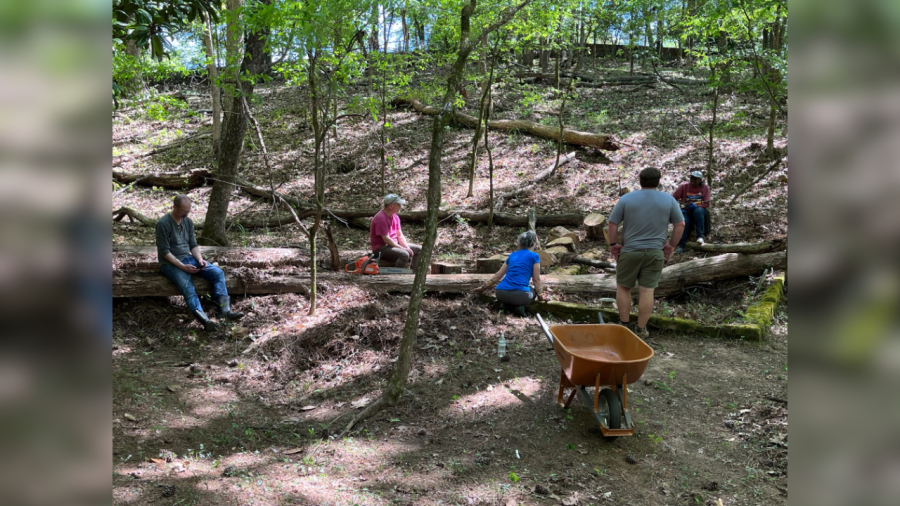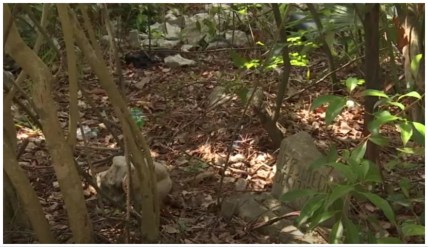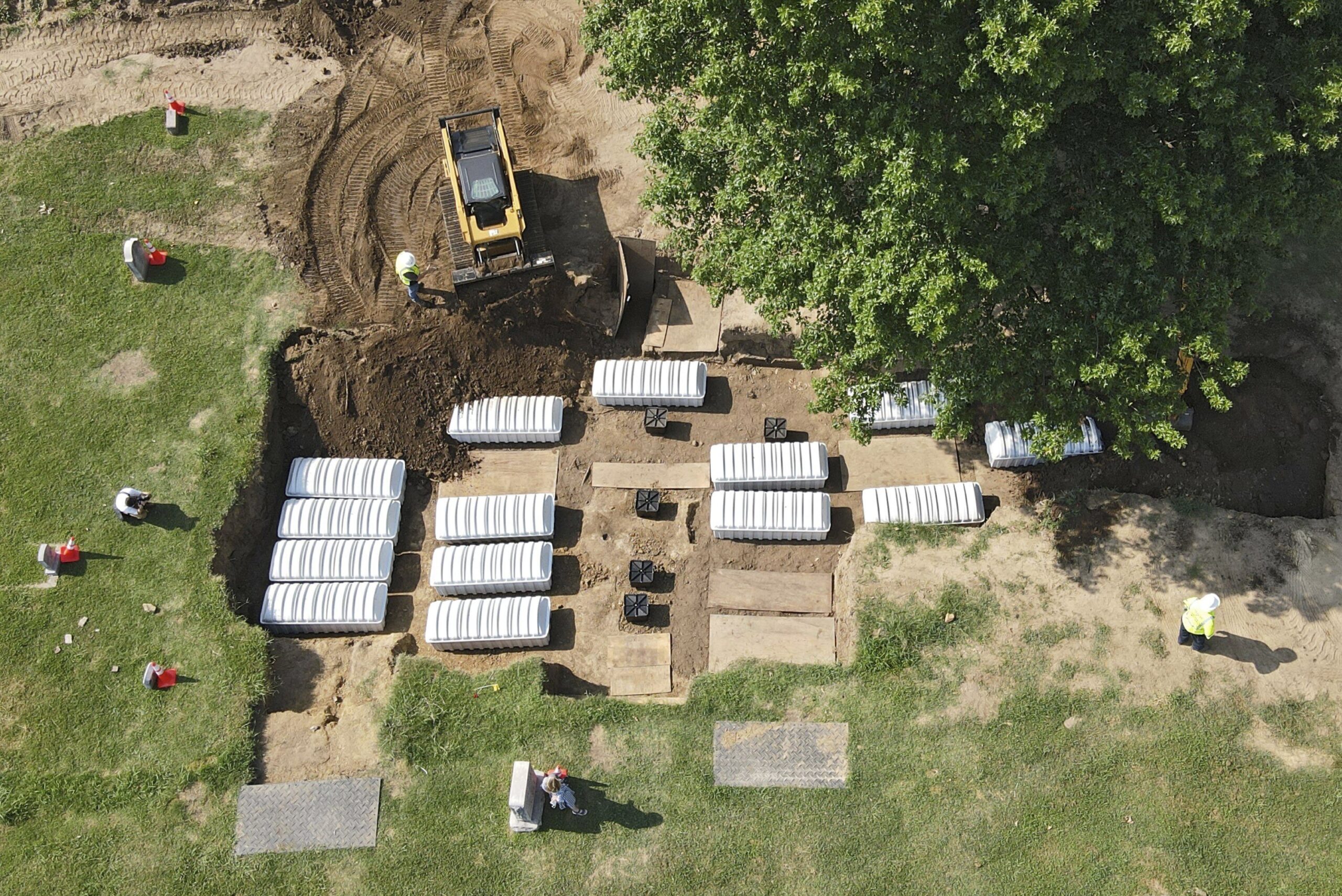Emory University commits to clearing, identifying African American gravestones
Penfield Cemetery dates back to the 1820s or '30s and operated through the 1950s. At some point, someone called for a wall to be constructed, restricting access to the African American side and ceasing burials.
Emory University in Atlanta is on a mission to clear and identify African American gravestones at a cemetery dating back to the 1800s.
Spencer W. Roberts oversees the Department of Digital Initiatives and Technologies at Emory’s Pitts Theological Library. During his work, he frequently consults with outside groups, works on joint projects with them, and collaborates with organizations like the Historic Rural Churches of Georgia, a non-profit whose mission is to record and preserve the history of rural churches.
His duties often involve consulting with and working alongside other groups, such as the Historic Rural Churches of Georgia, a non-profit whose mission is to record and preserve the history of rural churches.

While visiting Penfield Baptist Church in Penfield, Georgia, Roberts and several others learned of attempts to revisit, restore, and bring back the African American section of the Penfield Cemetery, which a brick structure had long walled off.
“I’m just happy that we can bring some of the resources that we have as a library with a few more institutional resources and labor and organizations to help out with a project that’s so important to Green County,” Roberts told theGrio. “This cemetery dates to [the] pre-Civil War era, so there’s a lot of history there that’s been long overlooked or purposely hidden. A lot of really valuable things that will come out of this project.”
The involved partners include the Greene County African American Museum, Spencer B. King, Jr. Center for Southern Studies, Mercer University, and Georgia State University’s Department of Anthropology.
The cemetery dates back to the 1820s or ’30s and operated through the 1950s. After the wall was constructed in the 1940s, burials rapidly ceased.
Roberts said their current theory is that the cemetery dates back to the expansion of sizable plantations in that area when enslaved people required a burial place when they died. The white and Black sections were established around the same time and were not separated by any physical barriers, though they were segregated.
At one point, the sections appeared to be in the same condition, not overgrown or overrun with dead trees.
Somewhere along the line, money was provided for the upkeep of the white section, and an anonymous source also opted to construct a brick wall around the white area, entirely restricting access to the rear or African American side, making burials considerably more challenging.
“It’s an interesting case of the Jim Crow-era post-World War II changes being made to the environment that actually enforced boundaries that didn’t exist before, that were not part of the cemetery’s legacy,” Roberts said. “And then that was imposed later and then caused the sort of abandonment of the Black section of the cemetery.”
The most recent grave they’ve discovered so far dates from 1953. Roberts said that there are, indeed, many important individuals buried there, although their names are probably not well known.
“None of those people are famous or well known,” he said, “but they are families who were, at one point when they were first being buried there, enslaved.”
He continued, “Post-Civil War, those families continue to be buried there and some of their descendants are still involved and still in the area and have shown up to these clean-up days and are visiting their family members who are buried there.”
Roberts is also involved in the mapping and digitizing of the cemetery. Mercer University, which owns most of the town’s real estate and the white area of the cemetery, has funded work that involves ground-penetrating radar to find unmarked graves beneath the ground where individuals are interred.
Roberts hopes that after the cemetery has been entirely digitized, all the completed work and collected data will be archived and maintained live for people to use and explore for various reasons, including geological and historical ones.
In a broader sense, Roberts claimed that the cemetery is becoming more accessible due to their work.
“Descendants will be better able to visit their family members and actually restore some of the gravesites,” he told theGrio, “and memorize it in a way that hasn’t been possible in a long time.”
TheGrio is FREE on your TV via Apple TV, Amazon Fire, Roku and Android TV. Also, please download theGrio mobile apps today!


